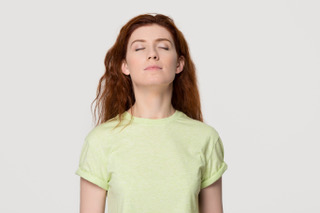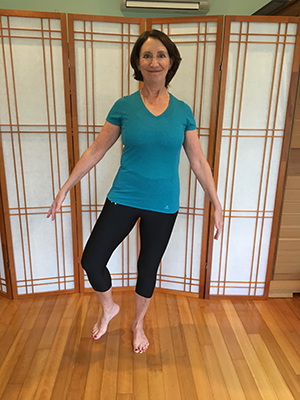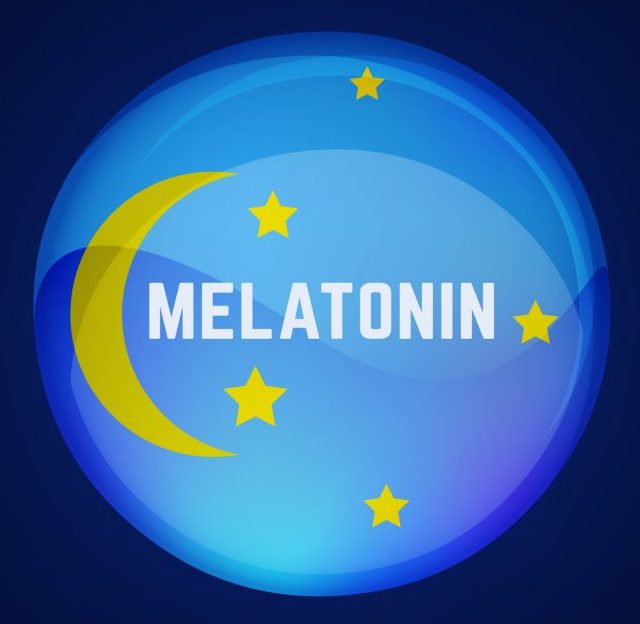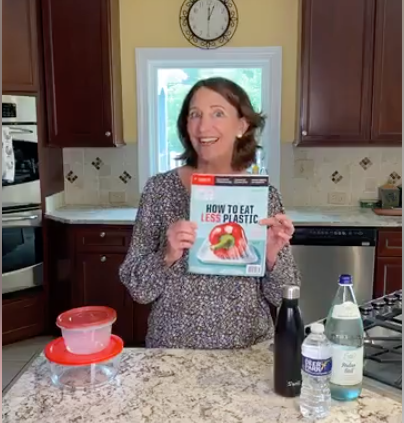
Stop and take a deep breath: The art and science of breathing
If there was ever a time we needed to remind ourselves to stop and take a deep breath it is now. In addition to the heated issues facing our nation, we continue to be plagued by a virus threatening our health and disrupting our education and economy. The continual uncertainty and fear are overwhelming and no doubt triggers stress in many.
I view stress as a double-edged sword. In a lot of ways, stress is beneficial. It helps us to meet our daily challenges, along with supporting our ability to adapt, become more resilient, and grow stronger.
But when stressors don’t have a defining end, like a pandemic that has gone on for months, it can start to wear us down, leading to significant health consequences.
One of the best things you can do when life becomes overwhelming is to stop and take a deep, long full breath. Breathing is truly one of the best ways to lower stress and help you relax.
We’ve known for years that breathing exercises are beneficial for our health. Now let’s take a look at the science behind why the routine act of breathing reduces our stress and the art of breathing correctly.
First the science.
We have all heard of the term “fight or flight.” It is known as the stress response. When our brain or body perceives stress, it prepares us to either face or avoid the danger.
It does this by activating the sympathetic nervous system. The sympathetic nervous system releases a hormone called adrenaline which in turn elevates our heart rate, increases our blood pressure, widens our bronchial passages, and fuels our muscles. All of these changes improve blood, energy, and oxygen flow that the body needs to rouse a response to a threat.
Once we are safe and no longer in danger, our parasympathetic nervous system kicks in and does the exact opposite of the sympathetic nervous system. This nervous system restores the body to a state of calm and promotes rest and recovery.
The vagus nerve is the key to activating the parasympathetic nervous system. It is the longest nerve in the body and innervates just about every one of our organs. It extends from the base of the brain and travels down around the heart, lungs, diaphragm, digestive tract, liver, spleen, and bladder. When the vagus nerve is activated, it releases a hormone called acetylcholine, which tells your body to chill out. It slows down your heart rate and breathing and stimulates muscle relaxation.
One simple way you can activate the vagus nerve is by taking a deep, slow diaphragmatic breath.
Now the art.
Learning how to breathe correctly, however, is the key. Many of us get into the unhealthy habit of shallow “chest breathing.” This type of breathing initiates breathe from the chest using the muscles in the neck and upper traps to open and fill the lungs. Not only does this lead to overuse of these muscles but the inadequate oxygen-carbon dioxide exchange leaves you feeling fatigued and anxious. Chest breathing is exhausting, rather than restorative.
Deep breathing, also known as diaphragmatic breathing or abdominal breathing is when you engage your diaphragm, that dome-shaped muscle that sits at the bottom of your rib cage. When you engage your diagram, it lifts and spreads the rib cage, draws oxygen deep into all corners of your lungs, and activates your vagus nerve. Activation of the vagus nerve stimulates the relaxation response of the parasympathetic nervous system reducing feelings of stress, anxiety, anger, and ease inflammation.
Diaphragmatic breathing is the way we are supposed to breathe, but over time, we get out of the habit of breathing this way and often need to remind ourselves or relearn how to do it.
Here are some simple steps to learn diaphragmatic breathing:
Start by lying flat with your knees bent or sitting upright in a chair.
- Place one hand on your upper chest and the other on your diaphragm, just below your rib cage.
- First take a shallow, short breath and you can see how the hand on your chest moves up and down, but the hand on your belly doesn’t move much at all.
- Now breathe in slowly through your nose pulling the air all the way down into the hand on your belly. You should see this hand rise, but the one on your chest remains silent.
- Now on the exhale, you are going to slowly blow the air out through pursed lips and you will notice that the hand on your belly flatten out again.
- Be sure to breathe in and out slowly and rhythmically. Trying breathing in for a count of 4, holding your breath for a count of 4 and exhaling for a longer count of 6-7.
- To reteach our bodies how to diaphragmatically breathe on its own, without consciously doing it….practice for 5-10 minutes several times a day….and then it will become a habit again.
In times of stress, you can further activate the vagus nerve by humming a song or repeating the “OM” sound as you exhale. Because the vagus nerve is connected to the vocal cord, singing or humming stimulates it even greater.
It is amazing how just this simple practice of deep breathing will help stop the stress response in its track and have a powerful influence on your overall health. Everything from squelching inflammation to improving cardiovascular health, digestion, mood, and even the health of your bones can benefit from stopping and taking a deep breath.

Susan Brady
is a Physical Therapist,
Nutrition Consultant and
Doctor of Integrative Medicine.
She has been treating women with osteoporosis for over 30 years and is dedicated to helping people achieve
lasting good health and vitality.
Want to learn more about how you can improve your bone health? Contact me for a free 15 minute phone consult to learn more about the BONES Method™ and how it can help you achieve strong, healthy bones for life!












